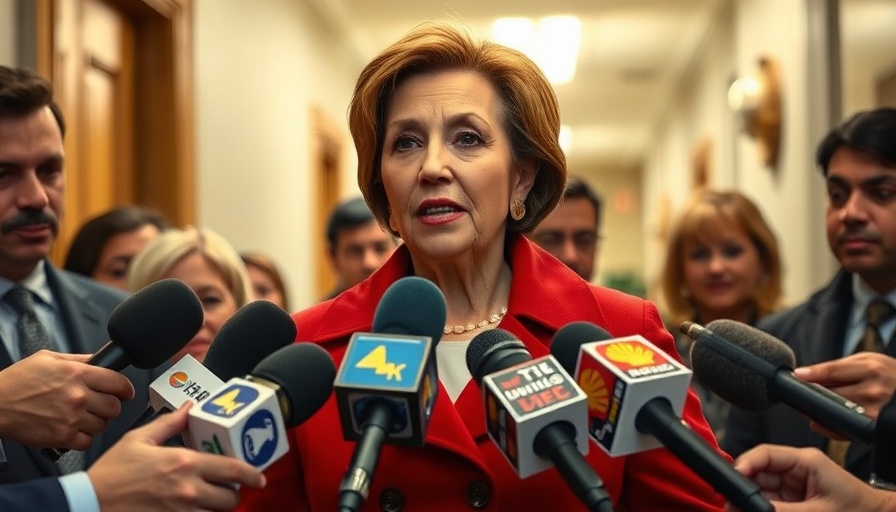
Understanding Toxic Workplaces: Unpacking the Signs
In today's fast-paced job environment, the concept of workplace toxicity is more relevant than ever. Tensions can escalate quickly, creating an atmosphere where employees feel stressed and undervalued. If you're wondering about the health of your work environment, it's vital to recognize some key indicators of toxicity.
Signs of a Toxic Workplace You Should Recognize
According to leading insights from organizational psychology, certain behaviors and attitudes within companies indicate a toxic workplace. Let's explore some of these key signs that could define your daily experience:\
1. Frequent Conflict and Harsh Communication: If your workplace often features harsh words, insults, and unresolved disputes, the workplace atmosphere quickly deteriorates. This not only affects individual employee morale but also hinders teamwork, thus impacting overall productivity.
2. Erosion of Trust Among Team Members: Trust is the foundation of any successful organization. If rumors spread like wildfire, or if information is frequently withheld, morale can plummet, leading to an insular and paranoid environment.
3. Heavy Workloads Without Adequate Support: Are your responsibilities growing heavier while the support from your team stutters? When individuals face overwhelming burdens, they often become fatigued and dissatisfied, which ultimately contributes to higher turnover rates.
4. The Dreaded Micromanagement: Micromanaging stifles creativity and discourages initiative. When employees feel their every move is being watched, it can lead to a stagnant atmosphere devoid of innovative ideas and fresh perspectives. The emotional toll can make even the most passionate workers feel burnt out.
5. Favouritism and Unequal Treatment: Displaying preferential treatment can create feelings of resentment and exclusion among team members. It not only diminishes the sense of camaraderie but can also result in decreased productivity as morale shifts downward.
6. The Blame Game: A culture of blame can be detrimental. If team members refuse to admit their mistakes and instead shift the blame onto others, it creates a toxic cycle that prevents problem-solving and development from taking place.
7. Lack of Appreciation: Good work going unnoticed can leave employees feeling undervalued. Without recognition or feedback, motivation wanes, impacting their productivity and engagement levels.
Facing the Challenges Head-On
Recognizing these signs is the first step toward addressing the underlying issues. It's essential to foster open communication and create a culture where team members feel safe expressing their concerns. Collaborative problem-solving can help in rectifying many of the signs listed above.
Making Changes: Steps Toward a Healthier Workplace
Implementing strategies such as feedback sessions, team-building exercises, and transparent communication can dramatically shift workplace dynamics. Executives and team leaders need to prioritize mental health awareness, ensuring that all employees have the support they need.
Future Insights: The Importance of Workplace Well-Being
As we move forward in a rapidly changing work landscape, understanding the implications of workplace toxicity is crucial. Organizations that prioritize their employees’ mental health and overall well-being tend to perform better. In fact, research shows that companies with a positive workplace culture see lower turnover rates and improved employee satisfaction.
Conclusion: What Can You Do?
If you recognize these indicators in your workplace, don't hesitate to act. Start conversations, seek support from HR, or engage in group discussions to create a more positive atmosphere. Remember, addressing workplace toxicity is pivotal not just for personal health, but for building a thriving work environment.
Understanding and tackling the signs of a toxic workplace can save valuable talent and enhance productivity. If you identify these issues in your professional life, take action today to improve your work experience and ensure both personal and organizational success.
 Add Row
Add Row  Add
Add 




Write A Comment